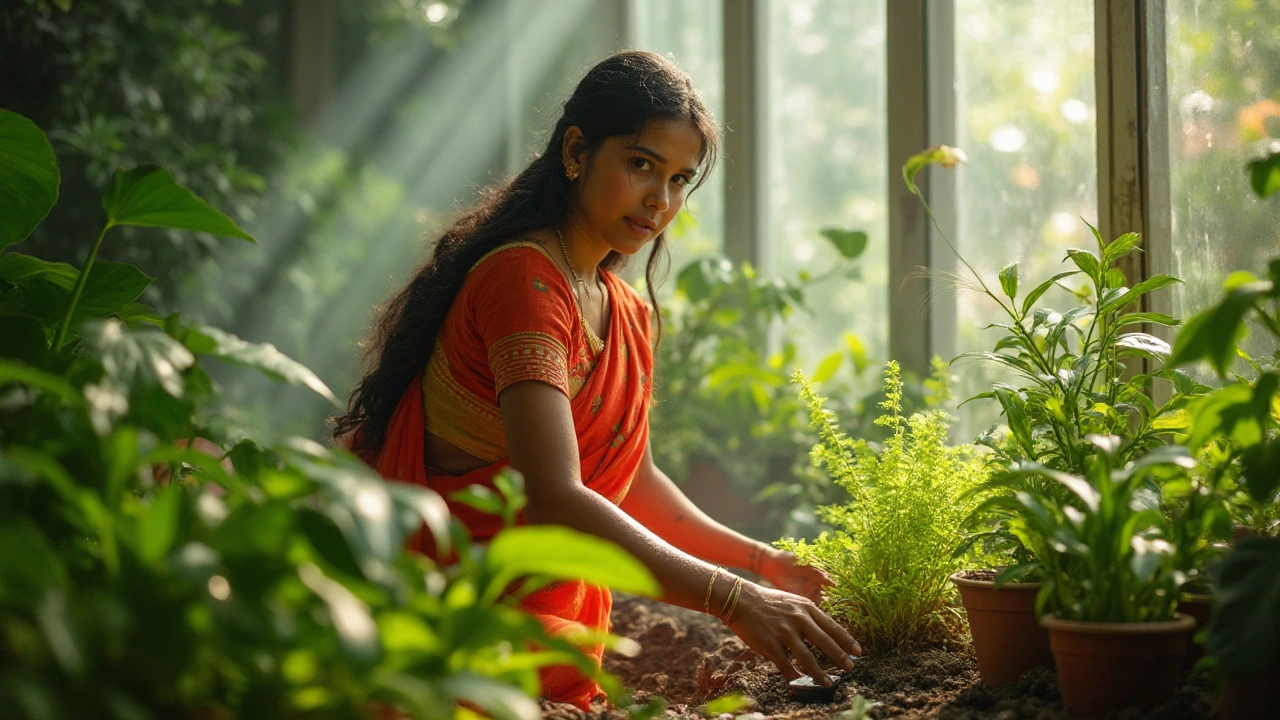Understanding the signs of overwatering is crucial for a thriving indoor garden. This article explores the symptoms to look for in overwatered plants, how excessive moisture affects plant health, and proactive measures you can take to ensure your plants stay vibrant and healthy. Tips will be shared on adjusting watering routines, identifying plant-specific needs, and improving drainage. Learn the secrets to maintaining a balanced environment for your beloved houseplants.
Houseplant Health: Fix Common Problems and Keep Your Indoor Plants Thriving
When your houseplant health, the condition of indoor plants based on their environment, care, and biological needs. Also known as indoor plant wellness, it depends on more than just watering — it’s about matching the plant’s natural needs to your home’s conditions. Most people think houseplants die from neglect, but the real killer is usually too much love. Overwatering is the #1 reason indoor plants turn yellow, drop leaves, or collapse. It’s not that you’re doing it wrong — you’re just doing it too often. Plants don’t need daily water. They need the right soil, the right pot, and the right light — in that order.
Think of your houseplant like a desert traveler. It’s built to store water, not sip it constantly. A overwatered houseplant, a plant suffering from excess moisture that leads to root decay and oxygen starvation doesn’t need more water — it needs to dry out. The fix? Pull it from its saucer, check the soil with your finger two inches down, and only water when it’s dry. If the roots are brown and mushy, you’ve got root rot, a fungal disease caused by prolonged wet soil that kills plant roots. Time to repot with fresh, airy soil and a pot with drainage holes. No more decorative pots without holes — they’re death traps.
Light matters too. A plant by a north-facing window in Delhi won’t get the same sun as one by a south-facing balcony in Bangalore. Most houseplants need bright, indirect light — not direct midday sun, which burns leaves, and not total darkness, which starves them. If your plant stretches toward the window or loses its color, it’s begging for more light. Move it closer. Rotate it. Don’t just assume it’s fine because it’s still green.
And don’t ignore the pot. A tiny pot with no drainage, packed with dense soil, is like putting a fish in a sealed jar. It can’t breathe. That’s why adding perlite or coco coir to your soil mix helps — it lets air reach the roots. Compost is great, but too much of it, without drainage, turns your pot into a swamp. Even the toughest plants — snake plants, pothos, ZZ plants — will fail if their roots sit in water for days.
Houseplant health isn’t about fancy sprays or expensive gadgets. It’s about observation. Look at the leaves. Feel the soil. Check the drainage. Most problems show up in the leaves before the roots die. Brown tips? Too dry or too much fertilizer. Yellow leaves? Overwatering or poor light. Curling leaves? Stress from heat or drafts. You don’t need a degree in botany — just patience and a little attention.
The posts below cover everything from how to save a drowning succulent to choosing the right soil for your living room fern. You’ll find real fixes for real problems — no fluff, no guesswork. Whether you’re dealing with a dying monstera, a dusty peace lily, or a plant that just won’t grow, you’ll find the step-by-step guide you need. This isn’t about keeping plants alive. It’s about making them thrive — right where you live.
